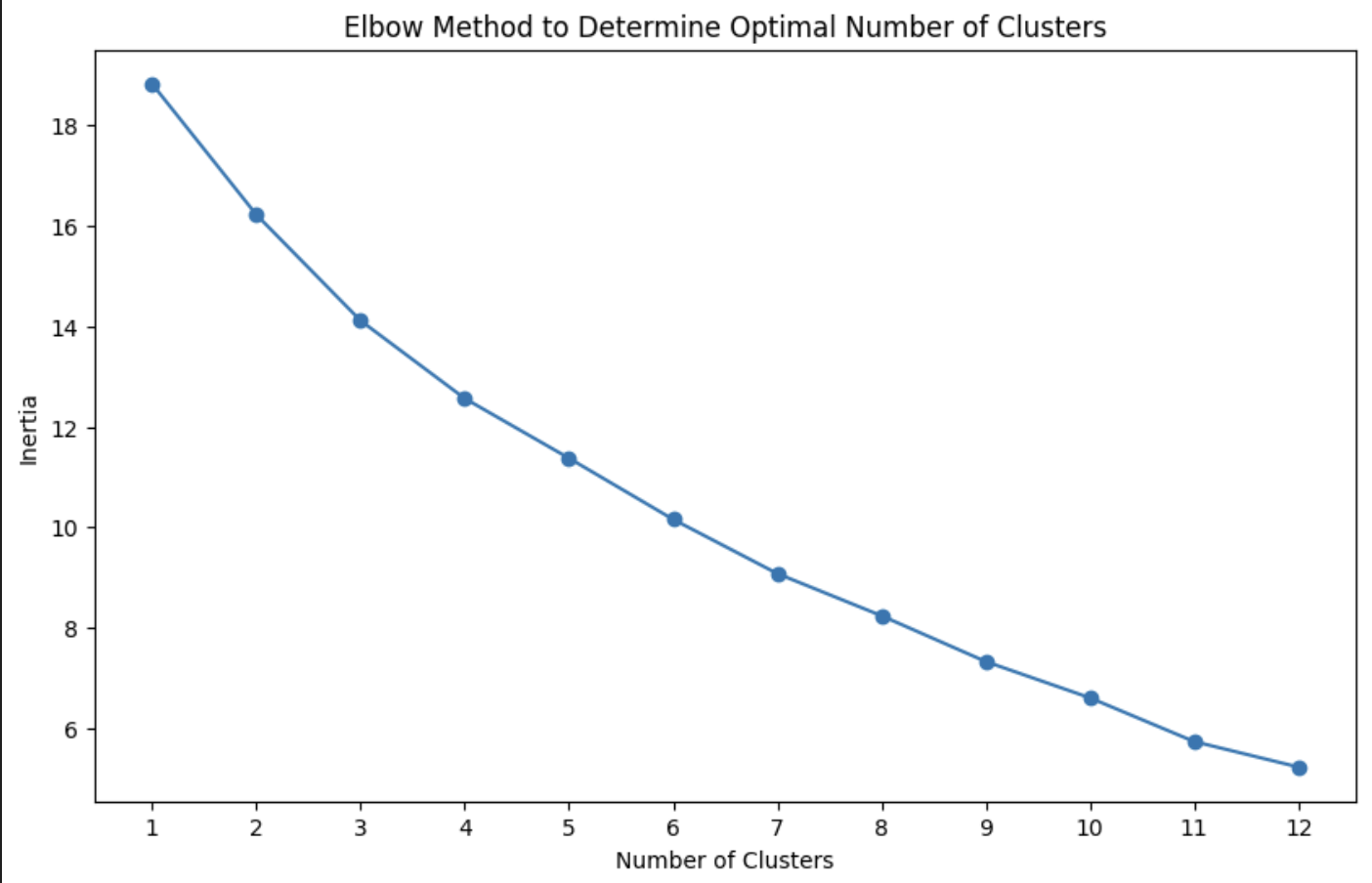| 0 |
Tesla Model 3 |
电动汽车 |
Tesla Model 3是一款革命性的电动汽车... |
[0.003255360759794712, -0.039260633289813995, ... |
| 1 |
Nike Air Max |
运动鞋 |
用Nike Air Max提升你的运动鞋品味。C... |
[0.03943369910120964, 0.022045187652111053, -0... |
| 2 |
Oral-B Pro 1000 |
电动牙刷 |
使用Oral-B Pro 1000实现卓越清洁效果... |
[-0.003470012918114662, -0.01911414973437786, ... |
| 3 |
Chobani希腊酸奶 |
酸奶 |
享受Chobani希腊酸奶带来的营养零食... |
[0.0208318829536438, -0.02645781636238098, -0.... |
| 4 |
福特F-150 |
皮卡车 |
福特F-150是终极皮卡车,... |
[0.007467855699360371, -0.05288049206137657, -... |
| 5 |
Levi's 511 |
牛仔裤 |
穿上Levi's 511牛仔裤,展现时尚风采。这款... |
[0.0037206460256129503, 0.022772302851080894, ... |
| 6 |
Philips Sonicare |
电动牙刷 |
使用Philips Sonicare发现口腔护理新境界... |
[-0.00724813062697649, -0.011600878089666367, ... |
| 7 |
桂格燕麦片 |
早餐谷物 |
用桂格燕麦片开启美好一天。这款... |
[-0.006529285106807947, 0.007865572348237038, ... |
| 8 |
Toyota Camry |
Sedan |
丰田凯美瑞在轿车类别中表现突出... |
[-0.02088991366326809, -0.006191295105963945, ... |
| 9 |
Adidas Ultraboost |
跑鞋 |
穿上Adidas Ultraboost,体验前所未有的奔跑感受... |
[0.02679188922047615, 0.014639599248766899, 8.... |
| 10 |
Toyota Camry |
汽车 |
Toyota Camry是一款可靠的中型轿车... |
[0.008056452497839928, -0.007912316359579563, ... |
| 11 |
Nike Air Max |
鞋子 |
用Nike Air Max提升你的运动鞋品味... |
[0.03943241760134697, 0.02208484522998333, -0.... |
| 12 |
高露洁电动牙刷 |
电动牙刷 |
用这款C...产品改变您的口腔护理习惯 |
[-0.003470012918114662, -0.01911414973437786, ... |
| 13 |
蓝钻杏仁 |
坚果 |
健康零食选择蓝钻杏仁。这些... |
[-0.013289917260408401, 0.036334190517663956, ... |
| 14 |
哈雷戴维森肥仔 |
摩托车 |
体验开阔道路带来的刺激感受... |
[0.012365399859845638, 0.03552943095564842, -0... |
| 15 |
阿迪达斯UltraBoost |
运动鞋 |
享受舒适与性能的完美融合... |
[0.013107392005622387, 0.02963760495185852, -0... |
| 16 |
多芬男士沐浴露 |
沐浴露 |
使用多芬男士沐浴露焕新肌肤并补水... |
[0.03760576993227005, -0.008475445210933685, -... |
| 17 |
桂格燕麦 |
燕麦 |
用桂格燕麦开启美好一天。富含... |
[-0.00903365109115839, 0.00896345917135477, 0.... |
| 18 |
福特F-150 |
卡车 |
福特F-150是一款坚固耐用的卡车... |
[0.023461222648620605, -0.026651185005903244, ... |
| 19 |
Levi's 501牛仔裤 |
牛仔裤 |
探索Levi's 501牛仔裤的永恒风格... |
[0.003762696636840701, 0.02275814116001129, -0... |
| 20 |
特斯拉 Model 3 |
移动电话 |
探索特斯拉M带来的未来驾驶体验... |
[0.03703858703374863, 0.03407958149909973, 0.0... |
| 21 |
Nike Air Max |
运动鞋 |
用Nike Air Max提升你的运动表现。这款鞋设计... |
[0.03943369910120964, 0.022045187652111053, -0... |
| 22 |
Oral-B Pro 1000 |
电动牙刷 |
使用Oral-B Pro 1000获得卓越清洁效果... |
[-0.003470012918114662, -0.01911414973437786, ... |
| 23 |
有机杏仁酱 |
食品 |
尽情享受有机杏仁酱的丝滑美味... |
[-0.014613640494644642, -0.002179765608161688,... |
| 24 |
雅马哈 YZF-R3 |
移动电话 |
为您介绍雅马哈YZF-R3,终极运动... |
[0.03703858703374863, 0.03407958149909973, 0.0... |
| 25 |
阿迪达斯Ultraboost |
鞋类 |
探索阿迪达斯Ultraboost,这款鞋...(原文未完整) |
[0.03944042697548866, 0.022062409669160843, -0... |
| 26 |
Philips Sonicare |
电动牙刷 |
体验飞利浦Sonicare带来的口腔护理革命... |
[-0.003470012918114662, -0.01911414973437786, ... |
| 27 |
有机藜麦 |
食品 |
用有机藜麦滋养您的身体,这是一种营养丰富的... |
[-0.014613640494644642, -0.002179765608161688,... |
